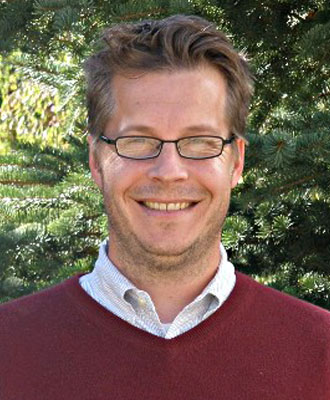To attend, please RSVP to epp@cseg.ca.
Unless we have exceeded the allowable number of people for the auditorium, we will not be replying to your email.
LunchBox Geophysics is free! Simply bring your own lunch (refreshments provided) and enjoy.
Abstract
Internal or interbed multiples can be predicted from reflection seismic data without a velocity model. The procedure involves a sequence of convolution and correlation operations on the input data, which can be understood in terms of combinations of sub-events, somewhat like its cousin SRME. In this presentation we will discuss how the multiples are predicted, and in particular consider the role of the search parameter epsilon in suppressing artifacts. In particular we will discuss why choosing it is difficult. By way of some simple synthetic and physical modelling lab data sets we will explore the effect of various choices of epsilon, and touch on ways we might refine it to make multiple prediction cleaner and more surgical in the future.
Biography
Kris Innanen received the BSc and the MSc degrees from York University in Toronto, in 1996 and 1998, and the PhD degree in geophysics from the University of British Columbia in 2003. He joined the Department of Physics at the University of Houston as an Assistant Professor in 2005. In 2009 he joined the Department of Geoscience at the University of Calgary as an Associate Professor and an Associate Director of the CREWES project. His research interests include the wave theoretic foundations of seismic inversion, seismic signal processing, multiple prediction, and AVO analysis. In 2006 he received the J. Clarence Karcher Award from the Society of Exploration Geophysics.





